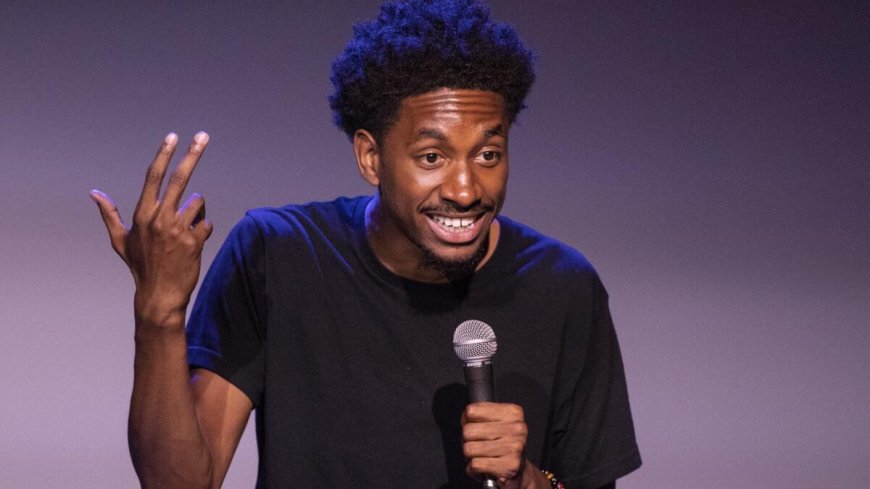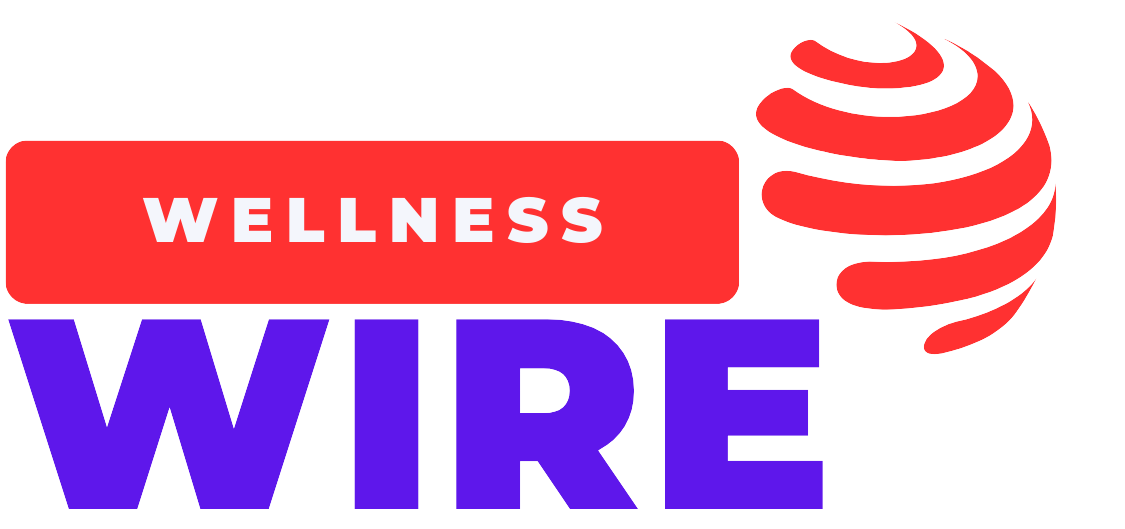The Evolution of Stand-Up Comedy in the Digital Age

Stand-up comedy has undergone a remarkable transformation in the digital age, shifting from traditional live performances in clubs and theaters to a vast, interconnected digital ecosystem. The rise of social media, streaming platforms, and short-form content has reshaped how comedians engage with audiences, build their brands, and distribute their material. In this article, we will explore how stand-up comedy has evolved in the digital age, the impact of technology, and what the future holds for this ever-changing art form.
The Traditional Era: Clubs, Specials, and Late-Night Shows
Before the internet revolutionized entertainment, stand-up comedy primarily thrived in comedy clubs, television specials, and late-night talk shows. Legendary comedians such as Richard Pryor, George Carlin, and Eddie Murphy built their reputations through club performances, HBO specials, and guest appearances on "The Tonight Show" and "Late Night with David Letterman." Success in these arenas often led to sitcom deals, film roles, or nationwide tours.
However, breaking into the industry was incredibly competitive. Comedians had to work their way up through open mics, impress talent scouts, and hope for a chance to perform in front of influential industry figures. Without digital platforms, the path to success was slow and dependent on gatekeepers.
The Digital Shift: YouTube and Social Media as Game-Changers
The early 2000s saw the emergence of YouTube and social media, which drastically changed how comedy was consumed and distributed. Comedians no longer had to wait for television executives to grant them exposure—they could upload their performances directly to the internet and reach a global audience instantly.
- YouTube Revolution: Comedians like Bo Burnham and Hannah Gadsby leveraged YouTube to showcase their unique comedic styles. Burnham, for example, started his career by posting musical comedy videos from his bedroom, ultimately landing Netflix specials.
- Facebook and Instagram: Short clips from stand-up sets, sketches, and memes started gaining traction on these platforms, allowing comedians to connect with audiences beyond live performances.
- Twitter and TikTok: Platforms like Twitter enabled comedians to test jokes and engage in real-time discussions, while TikTok introduced a new wave of short-form stand-up clips, helping comedians like Matt Rife and Sarah Cooper achieve viral fame.
Streaming Services and the Rise of Stand-Up Specials
Netflix, Amazon Prime, and HBO Max became major players in the stand-up comedy industry, producing and distributing high-quality stand-up specials. Unlike traditional cable TV, these platforms allowed comedians greater creative freedom while reaching a massive international audience.
- Netflix's Stand-Up Boom: The platform’s investment in stand-up led to an explosion of specials from both legendary and emerging comedians, such as Dave Chappelle, Ali Wong, and Hasan Minhaj.
- Accessibility and Global Reach: Streaming services enabled comedians from different backgrounds and cultures to gain international recognition, diversifying the comedy scene like never before.
Podcasts: A New Medium for Comedy
Podcasts have become another crucial avenue for comedians to build their brand. Shows like "The Joe Rogan Experience," "Conan O’Brien Needs a Friend," and "The Tim Dillon Show" allow comedians to showcase their personalities beyond stand-up routines. Podcasts provide a deeper connection with audiences and create new revenue streams through sponsorships and Patreon subscriptions.
Challenges in the Digital Age
Despite the many benefits of digital platforms, there are also challenges that come with them:
- Cancel Culture and Controversies: Comedians now face greater scrutiny over their material, with past jokes resurfacing and social media backlash affecting careers.
- Over-Saturation of Content: With thousands of comedians posting online, standing out has become increasingly difficult.
- Demonetization and Algorithm Changes: Platforms like YouTube frequently alter their monetization policies, impacting comedians' earnings from ad revenue.
The Future of Stand-Up Comedy
Looking ahead, stand-up comedy will continue evolving with technology. AI-generated comedy, interactive virtual reality performances, and decentralized platforms may further reshape the landscape. However, one thing remains constant—stand-up comedy thrives on human connection, whether in a small comedy club or on a global streaming service.
The digital age has democratized stand-up comedy, allowing voices that might have been overlooked in the past to reach millions. While the tools and platforms may change, the core of comedy—making people laugh—will always endure.
What's Your Reaction?
 Like
0
Like
0
 Dislike
0
Dislike
0
 Love
0
Love
0
 Funny
0
Funny
0
 Angry
0
Angry
0
 Sad
0
Sad
0
 Wow
0
Wow
0



















































